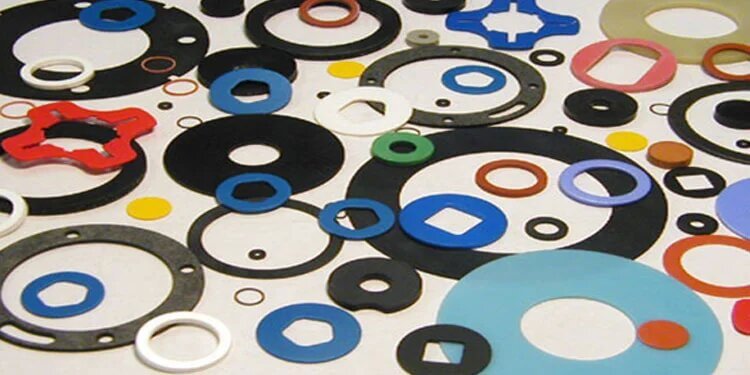Before picking a rubber support material, it is significant to think about where the gasket will be positioned, especially in which component it will be presented and most importantly choosing the excellent rubber gasket manufacturer. For this situation, it is basic that you select a material with incredible weather resistant properties so as to guarantee its life span and obviously, its entire performance.
With regards to choosing climate safe gasket materials, it is vital to consider the majority of the elements. So as to be completely weather resistant, materials must withstand rain, hail, slush, and snow, as well as daylight, temperature, and ozone.

Amid the winter months, gaskets can encounter cooling temperatures which can promptly damage to unsuitable gasket elements. Low temperatures can make gaskets to break, and as the temperature increases, gaskets solidified, extended and hardened by below zero temperatures are significantly more prone to leak as ice begins to melt.
Just as freezing temperatures, outside gaskets are probably exposed to direct sunlight. This can significantly expand temperatures, which joined with UV and ozone rays can make damages to non-resistant gasket components.

There are various rubber materials that are utilized for outdoor gaskets. They are
Ethylene Propylene Diene Monomer (EPDM) rubber is a type of manufactured elastic rubber material that is generally used as a gasket material because of its exceptional weather resistance features. EPDM has fabulous protection from ozone and UV beams and can withstand extreme temperature, from as low as - 40˚C and as high as 130˚C, making this a perfect material for both outdoor and automobile use. In account to withstanding the components, EPDM can deal the exposure to a variety of oils, acids and chemical substances.
Neoprene elastic, can be manufactured from solid neoprene sheets and neoprene sponge. Neoprene rubber is also called Chloroprene is a strong and solid elastic material with great protection from abrasion, excellent resistance towards ozone, chemical and abrasion resistance and general climate conditions, withstanding temperatures between - 35˚C and 125˚C. This rubber type is useful for many industrial and commercial applications.
Polyurethane is an important rubber type that has great temperature, tear, abrasion resistant properties, possess high flexibility and hardness has the ability to withstand temperatures between - 30˚C and 110˚C. As it has great protection from ozone and highlights very good rigidity and resistant from the scraped spot when contrasted with different elastomers, polyurethane rubber is perfectly suited to all climate condition. Best chemical, oil, resistance and hydrolysis resistance.
Silicone rubber is immensely adaptable and offers magnificent protection from low and high temperatures. A few evaluations of silicone rubber can withstand temperatures as low as - 60˚C and as high as 230˚C. Besides this, silicone has great ozone and UV obstruction properties. There are three types of silicon rubber available in the rubber industry by possessing multiple properties, they are Liquid Silicon Rubber (LSR), High Temperature Vulcanizing (HTV), and Room temperature Vulcanizing (RTV).